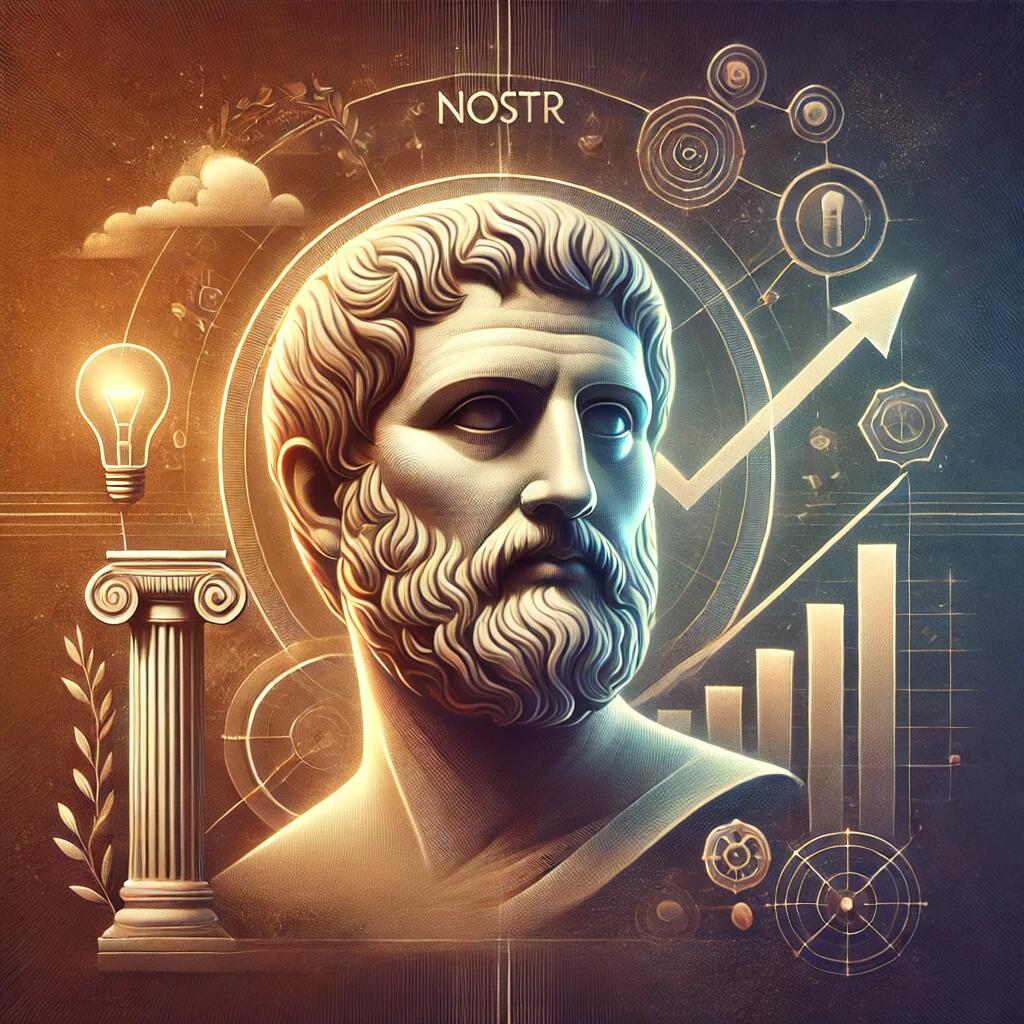-
 @ O.M
2025-03-07 07:21:49
@ O.M
2025-03-07 07:21:49Embracing Contrarian Thinking, as advocated by Peter Thiel, involves challenging prevailing beliefs to uncover unique opportunities and minimize competition. This mindset encourages asking:
"What important truth do very few people agree with me on?"
By doing so, individuals and organizations can identify untapped markets and innovate beyond conventional boundaries.
Understanding Contrarian Thinking
- Definition:
A mindset that involves questioning widely accepted norms and beliefs to discover unique insights and opportunities.
Examples in Practice
-
Peter Thiel's Investment in Facebook:
Thiel invested in Facebook when social media was largely dismissed as a passing trend, recognizing its potential to revolutionize communication. -
Elon Musk's Development of Tesla:
Musk pursued the development of electric vehicles despite widespread skepticism about their viability, ultimately leading to Tesla's success in the automotive industry. -
Jeff Bezos's Customer-Centric Approach at Amazon:
Bezos prioritized long-term customer satisfaction over immediate profits, a strategy that defied traditional retail models and contributed to Amazon's dominance.
Implementing Contrarian Thinking
-
Challenge Assumptions:
Regularly question the status quo and consider alternative perspectives. -
Embrace Risk:
Be willing to explore unconventional ideas, understanding that innovation often involves venturing into uncharted territory. -
Foster a Diverse Environment:
Encourage diverse viewpoints within your team to stimulate critical thinking and challenge groupthink.
Benefits of Contrarian Thinking
-
Innovation:
By challenging existing paradigms, contrarian thinkers can develop groundbreaking products and services. -
Competitive Advantage:
Identifying opportunities overlooked by others can lead to market leadership. -
Resilience:
A contrarian mindset fosters adaptability, enabling individuals and organizations to navigate changing environments effectively.
Action Step
Identify a commonly held belief in your industry or field. Consider the opposite perspective and explore the potential opportunities that this contrarian viewpoint might reveal.
By adopting contrarian thinking, you position yourself to uncover unique opportunities and drive innovation beyond conventional boundaries.
For further insights into Peter Thiel's approach to contrarian thinking, consider watching this discussion:
Peter Thiel's Contrarian Strategy
- Definition: